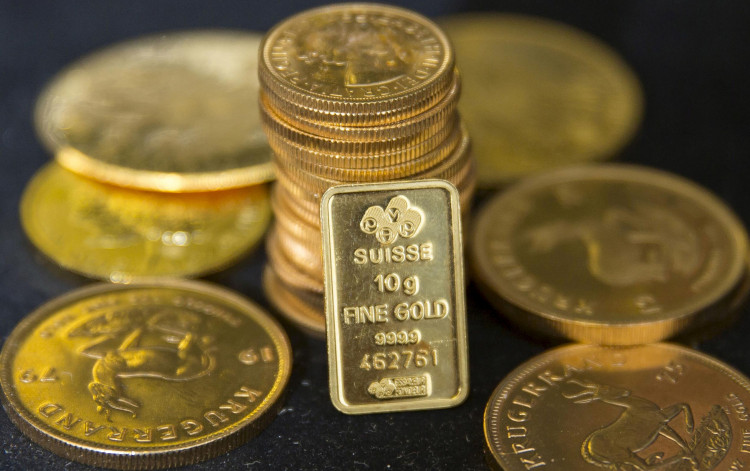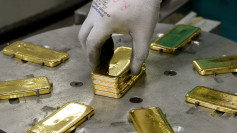Gold, one of the most sought after safe-haven assets during the last two months of global economic disruption, may see supply rise if mining companies do not shell out more money than they should on exploration, analysts said.
Consultancy firm Wood Mackenzie said that miners of the precious metal have kept their cash on exploring new grounds under strict measures. Analysts estimate that the price of gold will go up next year.
The gold price has risen 23 percent in the past four quarters as traders and investors trusted their money in the time-tested piece of asset. While the gold has received a fresh ounce of positivism in the global markets, it has also somewhat eased concerns pertaining to structural matters that have been brewing lately, market observers said this week.
According to the London-based natural resources consulting agency, money spent on digging for new resources was trimmed down after gold's price decline from peaks in 2011 and 2012 which have since failed to normalize. The slight recovery in these periods "has not been sufficient to replenish mined resources", Wood Mackenzie pointed out, and as such, peak supply is currently "a real possibility."
Cash spent by mining firms on new exploration projects rose from US$1.1 billion two years ago, to US$1.6 billion in 2011 when the price of the gold bullion reached an all-time peak of US$1,839 and rallied to its highest peak at US$2.1 billion in 2012, Wood MacKenzie disclosed.
Unused reserves of the yellow metal were up from 47,000 tons just 10 years ago to a record 57,000 tons in 2016, before it dropped to 54,000 tons two years ago, the US Geological Survey revealed. These numbers indicate a so-called "lag effect" in which any advance or decline in reserves emerges after exploration costs are either increased or diminished.
Meanwhile, total gold mining output in mainland China - the biggest gold miner in the world - has weakened due to numerous environmental regulations. The country's production dropped 2-4 percent in the first six months this year, on a year-on-year basis, further pushing the declines to 6 percent both in 2018 and the year before.
Interestingly, gold jewelry sales in the country have been very brisk especially during the first week of China's National Holiday break, lifted by a festive shopping atmosphere, a bustling wedding season and a growing trend for the precious metal.
In the first half this year, people in China bought more gold, reaching 523.55 metric tons, and slightly down 3.1 percent year-on-year, with a slow consumption of gold bars and coins.
Yet, the Chinese budget for gold bling in this period has risen firmly. Around 360 tons of the glittery resources were unloaded from January to June this year, climbing nearly 2 percent, based on figures released by the China Gold Association.





